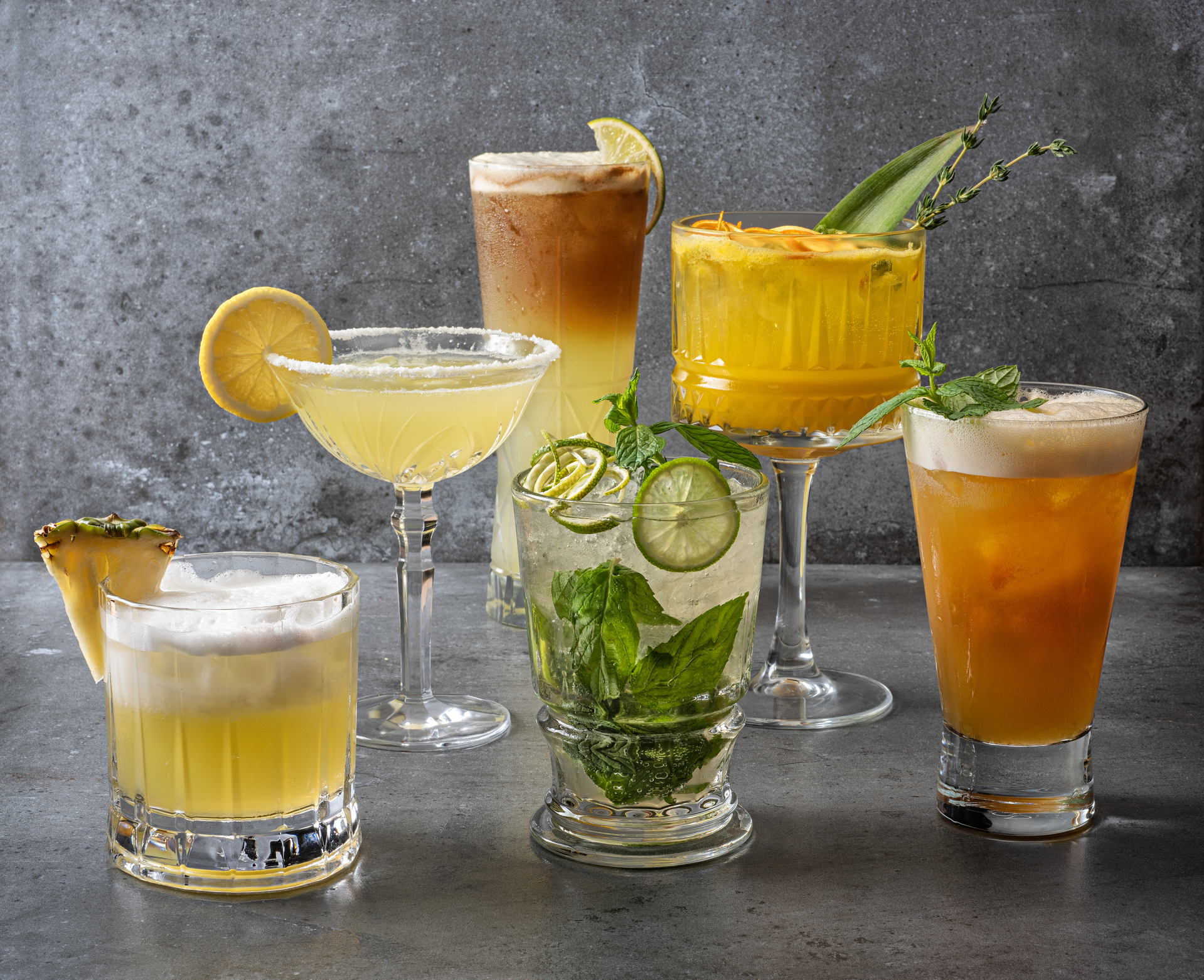
Move over martinis, margaritas are taking over the bar. So are ranch waters, Palomas and reposado old fashioneds. According to the Distilled Spirits Council of the US, agave-based liquors like tequila and mezcal were the fastest-growing spirits category of 2022, and are now poised to overtake vodka as the best-selling liquor in the United States this year, after knocking whiskey into third place last year.
While that may be great for celebrating Mexican heritage on Cinco de Mayo, it’s not exactly a climate win. Tequila’s combination of versatility and flavor—as easy to mix as vodka in a cocktail, but at the premium end, better for sipping—comes with a higher environmental cost.
By Mexican law, tequila must be made from blue agave plants grown in one of five Mexican states. Mezcal adds a few more states and agave varietals to the mix, but the succulent plant’s limited growing range means that the Mexican spirits have to be trucked over long distances to get to their ultimate destinations. Tequila’s growing global popularity has also led to a loss in genetic diversity, as manufacturers turn to high-yielding monocrops that require increasing amounts of pesticides. Vodka, on the other hand, can be made anywhere, from a wide range of grains, sugar beets and potatoes.
More from TIME
To make tequila and mezcal, brewers harvest the whole agave plant once it reaches maturity (usually seven to 12 years, though some varieties can be harvested earlier), strip off the sword-like leaves and steam or roast the pina, or heart, until it releases a sugar-rich nectar that is then fermented and distilled. That processing generates a lot of waste: for every liter of tequila produced, about 5 kg (or 11 lbs.) of pulp and 10-15 liters of vinasse, an acidic liquid, are left behind. If disposed of improperly, the vinasse contaminates both soil and water supplies, leading to ecological dead zones. Vodka has a much lower waste-to-product ratio.
Tequila’s agave plants face a far greater threat from climate change than vodka’s diversified grains and tubers. Rising global temperatures are wreaking havoc on weather patterns in the central and southern parts of Mexico where agave grows, and the succulent, while drought tolerant, is too fragile to handle increasingly sudden shifts from extreme heat to unseasonable storms. Rising temperatures are also threatening the Mexican long nosed bat, blue agave’s principal pollinator. A 2019 study published in Nature suggests that the overlap between the bats’ range and agave areas could be reduced by up to 75% within 50 years, which would be a disaster for the industry.
Emissions-wise, tequila and vodka production are on par, emitting approximately 3 kg of CO2 per liter, the equivalent of charging a smartphone every day for a year. One new brand of vodka, called Air, is distilling the spirit from water and carbon dioxide captured from the atmosphere, claiming to remove a pound of CO2 for every bottle produced—in theory, the world’s first carbon-negative spirit. So maybe the best way to save the agave plant, the long-nosed bat, and margaritas is by drinking vodka. Now that’s a solution anyone can toast.
More Must-Reads from TIME
- Cybersecurity Experts Are Sounding the Alarm on DOGE
- Meet the 2025 Women of the Year
- The Harsh Truth About Disability Inclusion
- Why Do More Young Adults Have Cancer?
- Colman Domingo Leads With Radical Love
- How to Get Better at Doing Things Alone
- Michelle Zauner Stares Down the Darkness
Contact us at letters@time.com